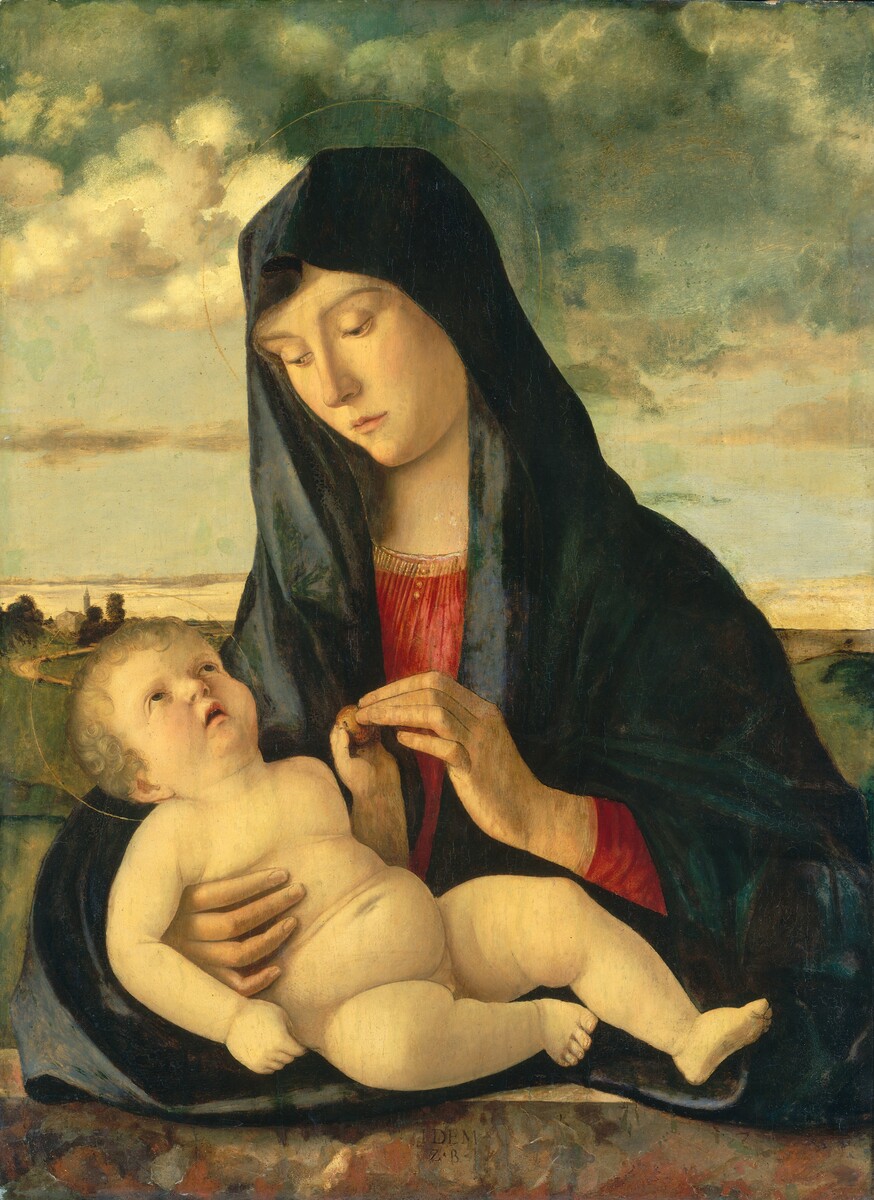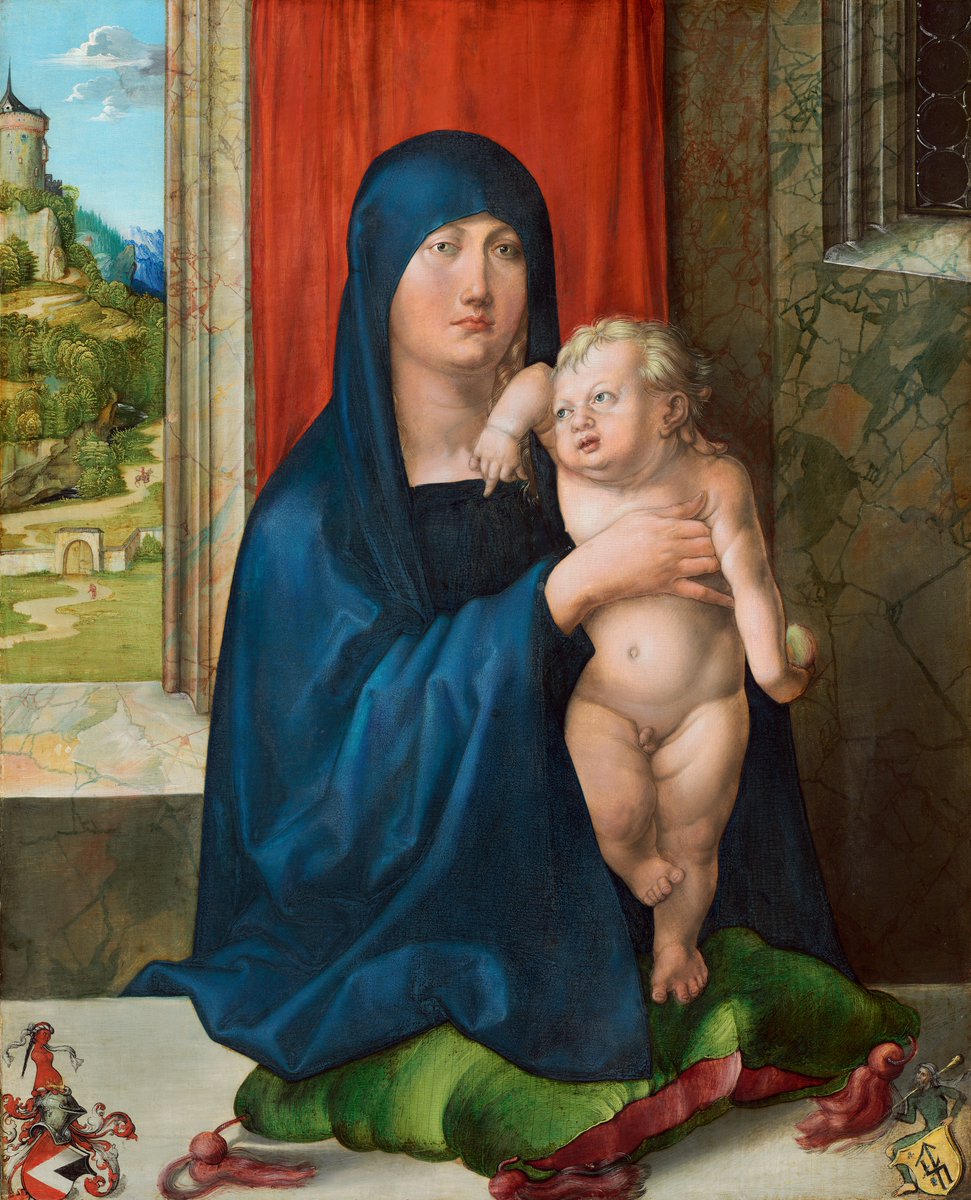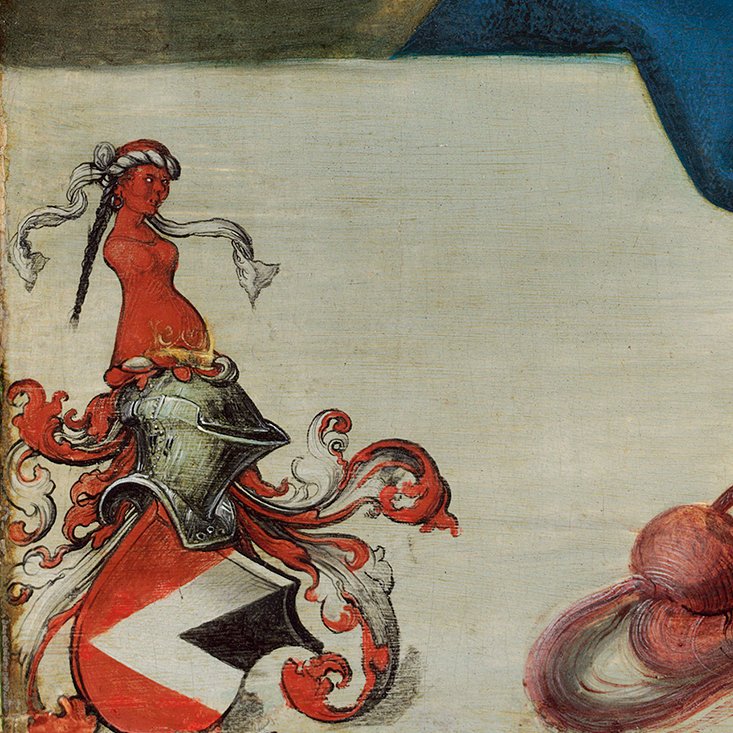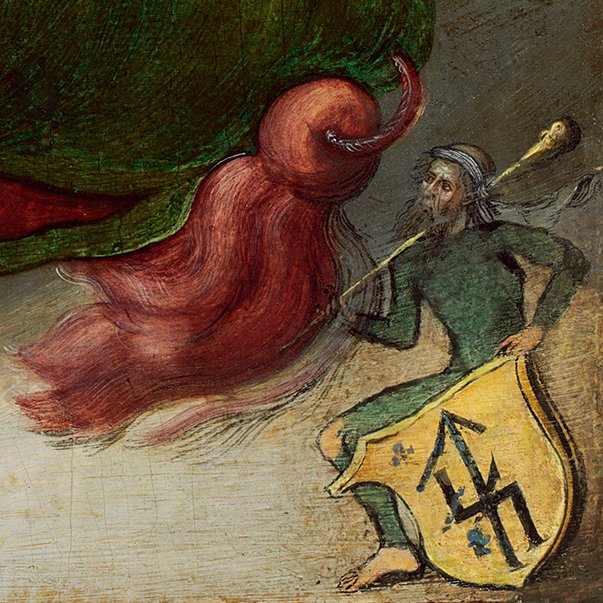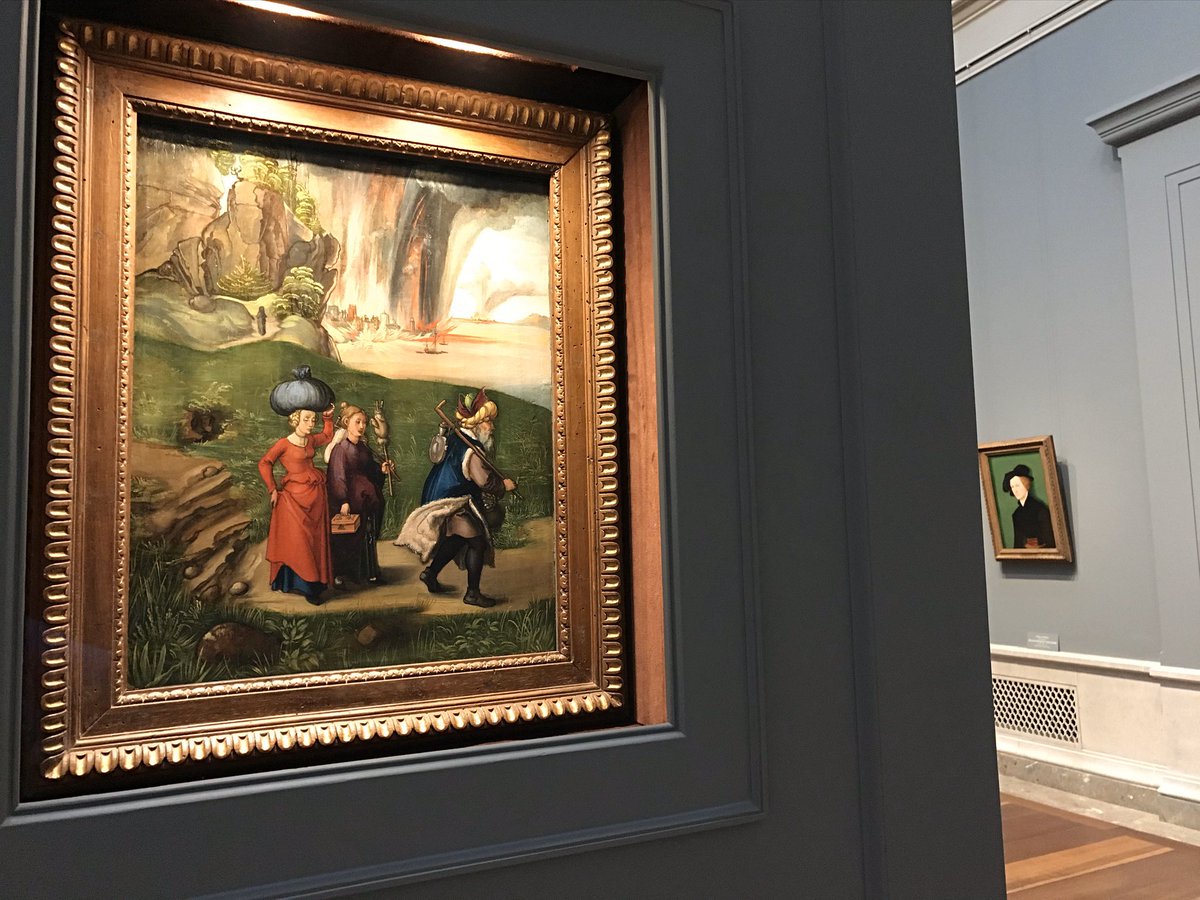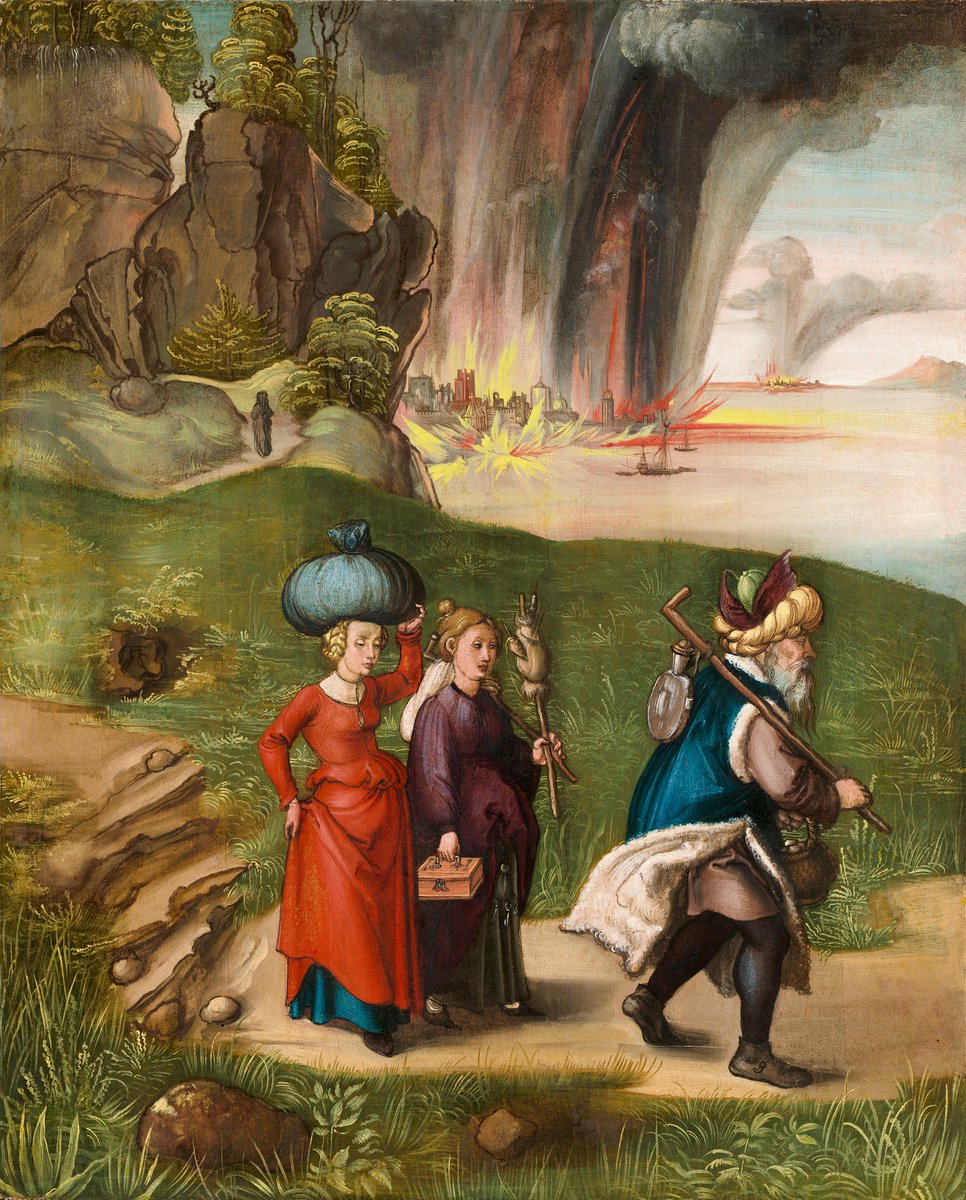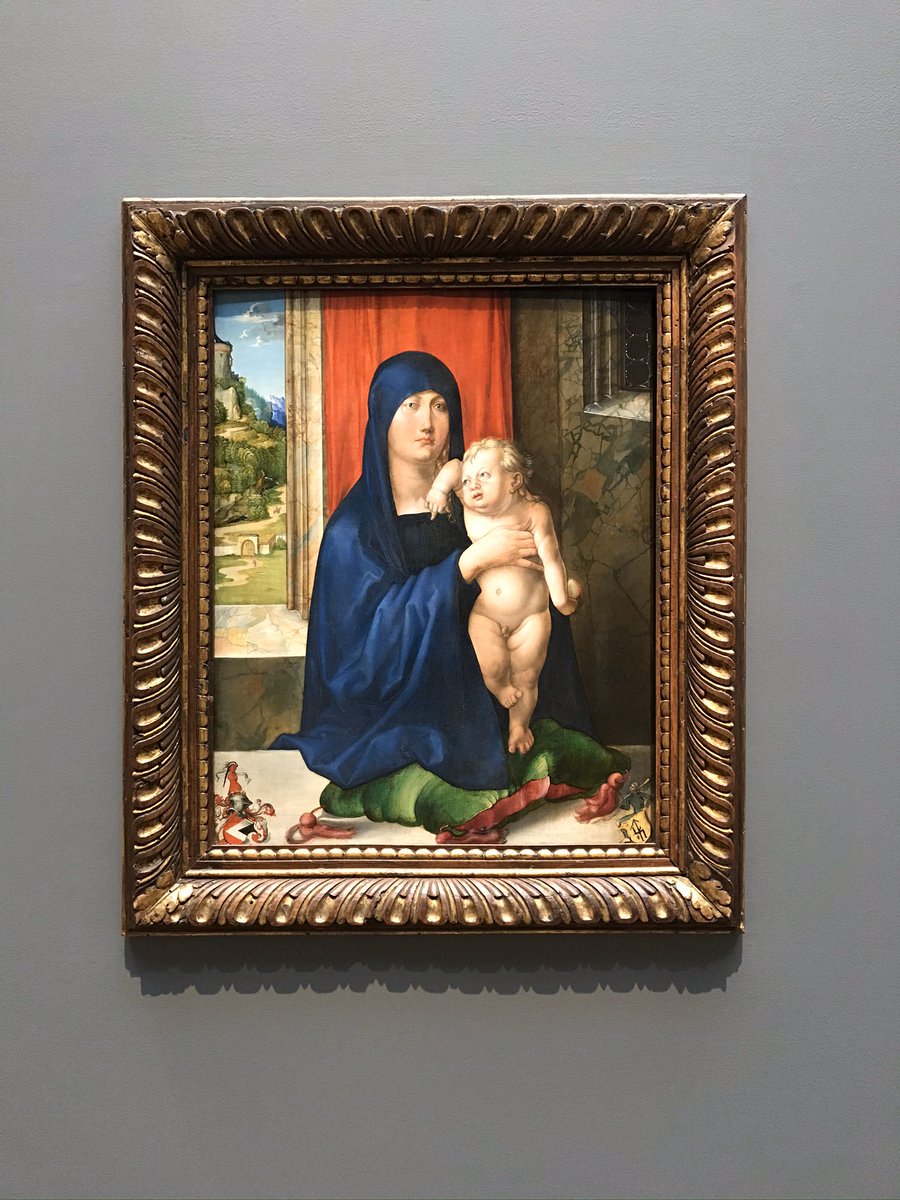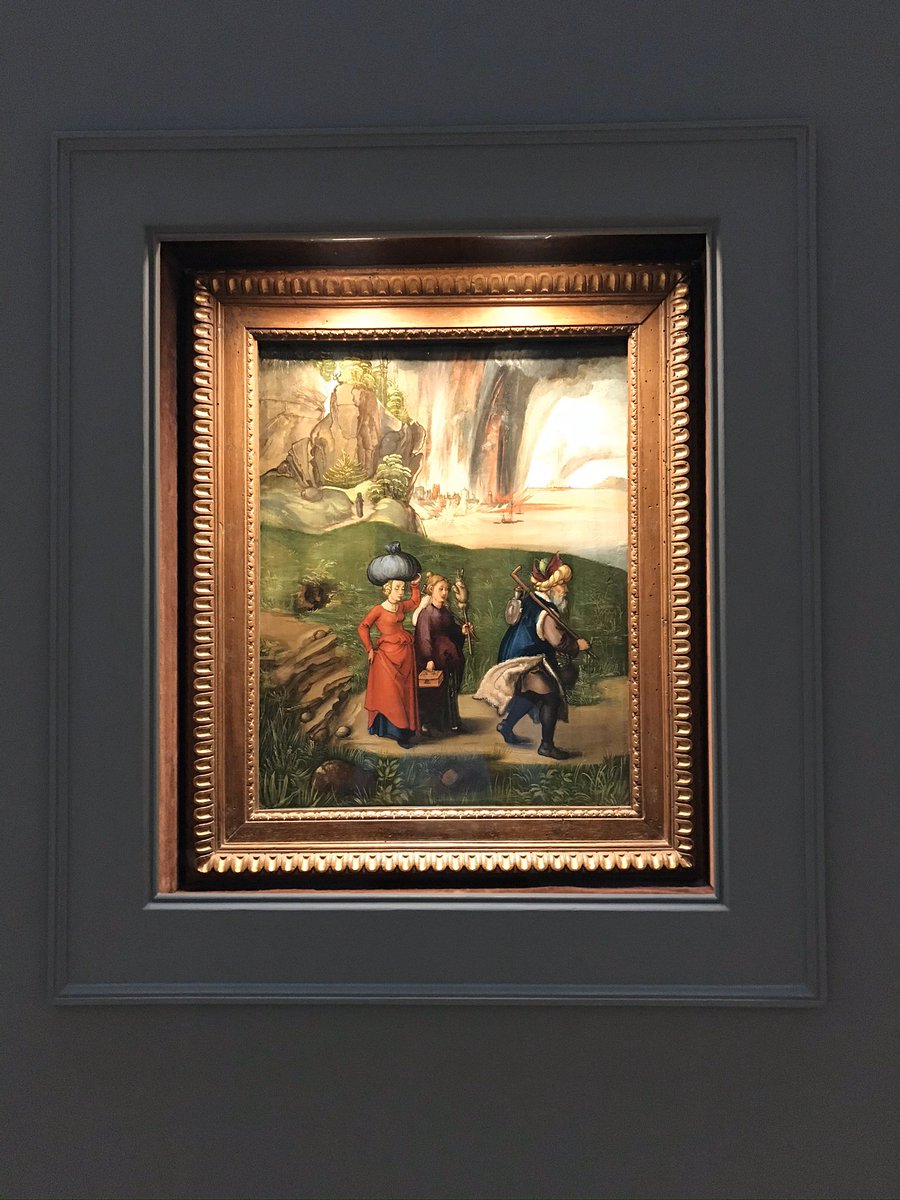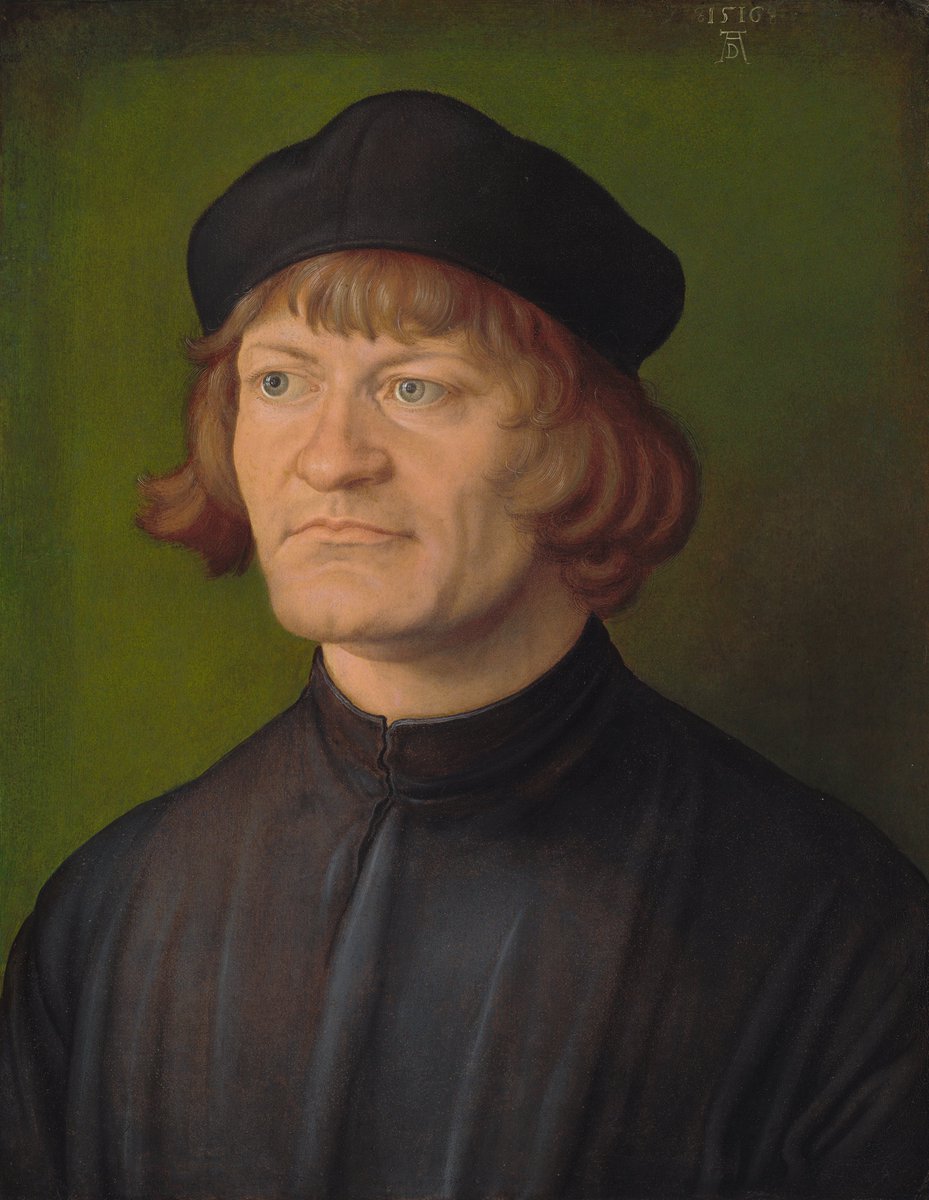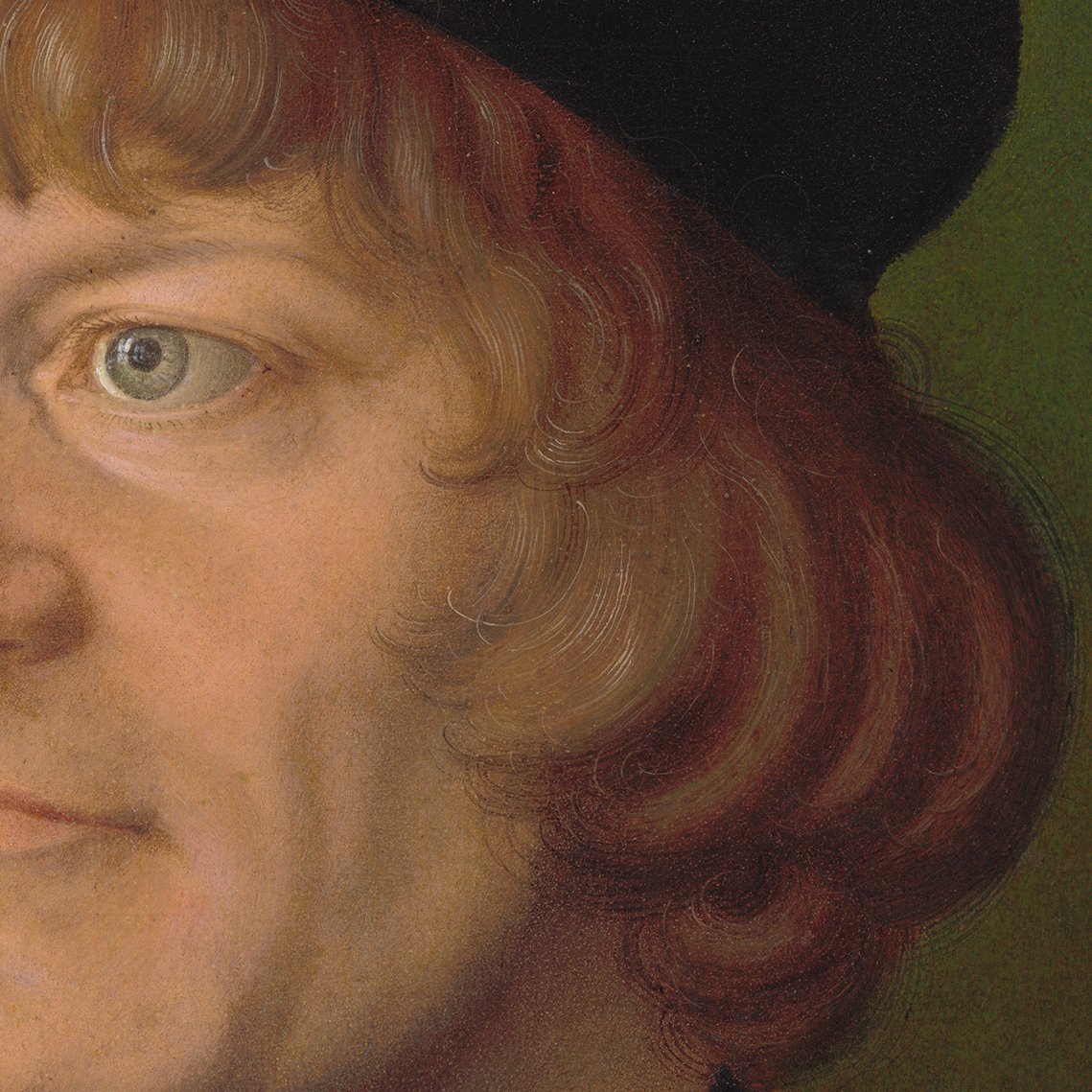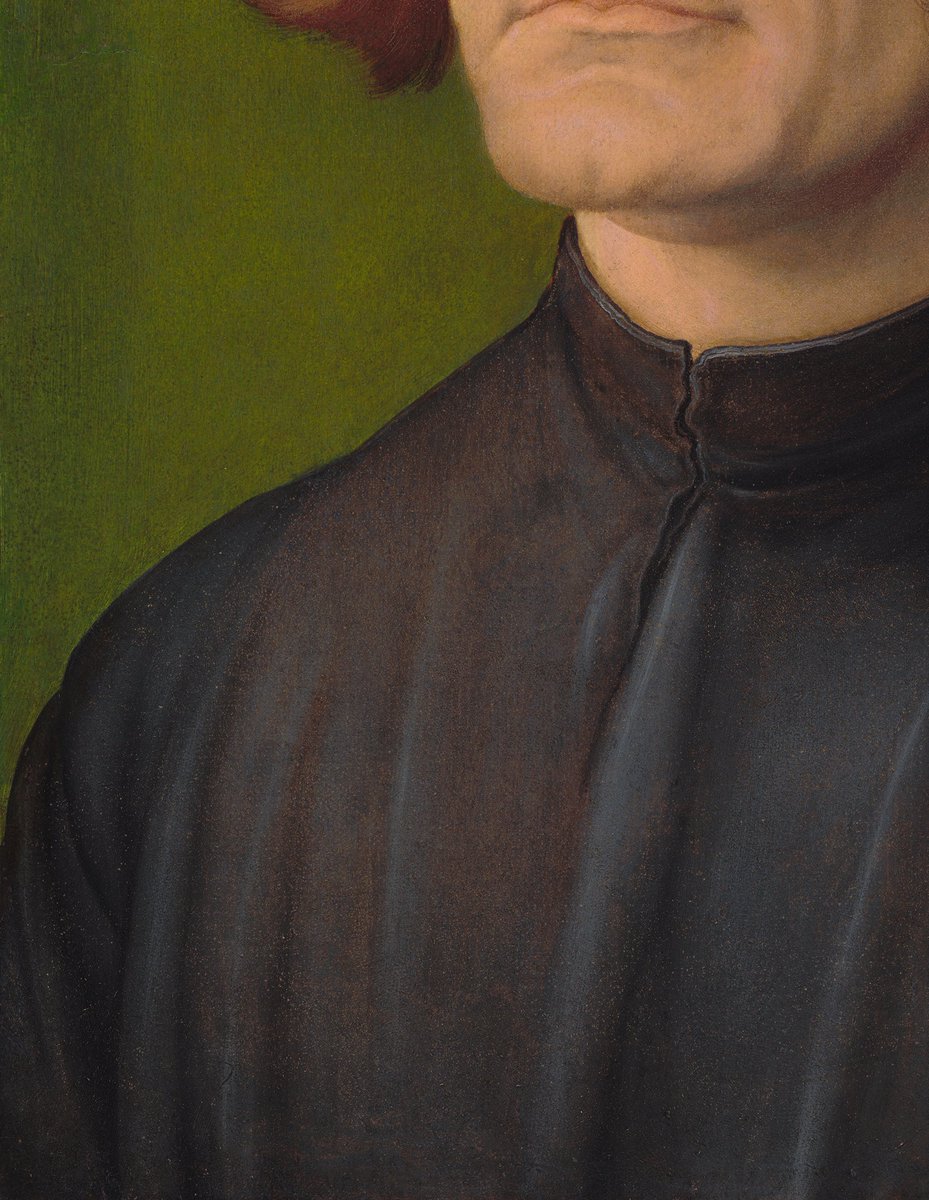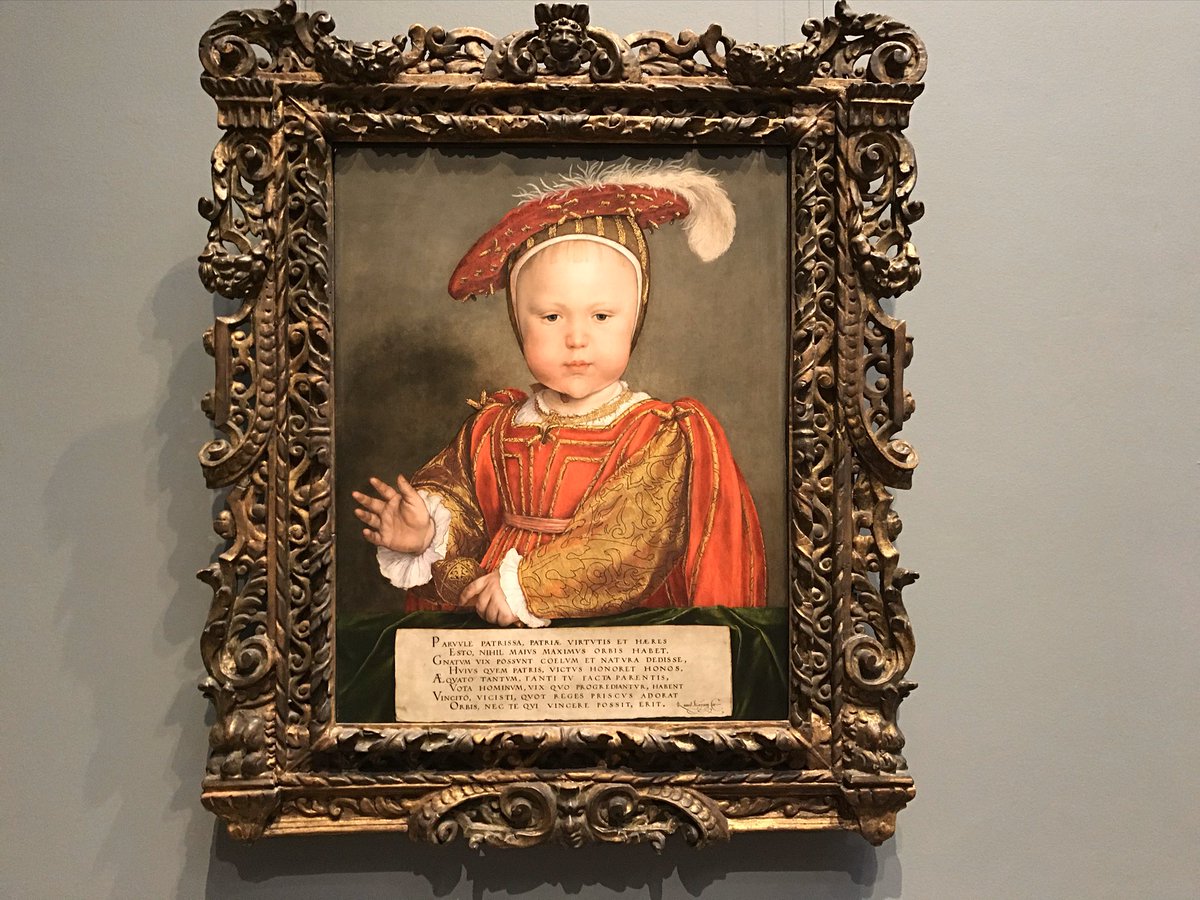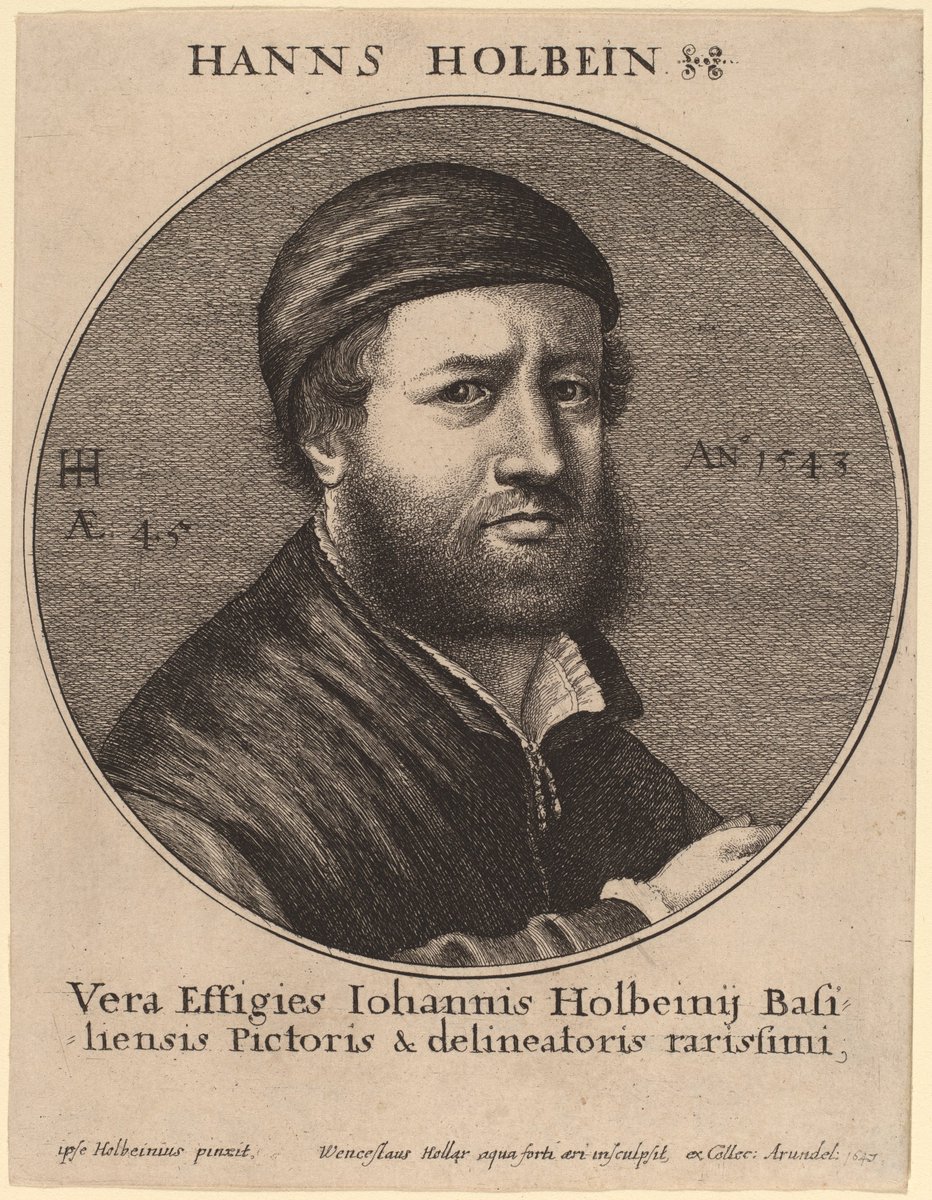Today’s tour takes us to gallery 35 on the Main Floor of the West Building, devoted to our collection of 15th- and 16th-century German paintings.
See a list of all the works included: http://go.usa.gov/xvq7t ">https://go.usa.gov/xvq7t&quo...
See a list of all the works included: http://go.usa.gov/xvq7t ">https://go.usa.gov/xvq7t&quo...
The gallery includes examples by some of the most important Northern Renaissance artists including Lucas Cranach the Elder, Albrecht Dürer, Hans Holbein the Younger, and Bernhard Strigel.
The earliest work in gallery 35 is Albrecht Dürer’s “Madonna and Child” (c. 1496/1499).
Born in Nuremberg in 1471, Dürer first trained as a goldsmith in his father’s shop before becoming an apprentice in the workshop of the painter Michael Wolgemut in 1486.
Born in Nuremberg in 1471, Dürer first trained as a goldsmith in his father’s shop before becoming an apprentice in the workshop of the painter Michael Wolgemut in 1486.
After leaving Wolgemut’s workshop in 1490, Dürer traveled around Europe, returning to Nuremberg for a few months in 1494, before leaving again and ending up in Venice.
In Venice, Dürer met Giovanni Bellini, whose influence is evident in “Madonna and Child” (c. 1496/1499) in the athletic Christ Child, the pyramid of the Virgin& #39;s form, and the sculptural modeling of the figures.
[Bellini, “Madonna and Child in a Landscape, c. 1480/1485]
[Bellini, “Madonna and Child in a Landscape, c. 1480/1485]
What differences do you see in Dürer’s treatment of the subject?
For one, the setting is a room with a window open on a distant view, recalling Netherlandish devotional images.
For one, the setting is a room with a window open on a distant view, recalling Netherlandish devotional images.
Made after returning to Nuremberg, Dürer’s “Madonna and Child” was probably intended for private devotion. The tiny coat-of-arms in the lower corners have been identified as those of the Hallery family on the left, and Koberger family on the right.
The one painting is really two—the reverse features another work by Dürer of “Lot and His Daughters.”
In the scene depicting the story from the Book of Genesis, Lot and his children flee the destruction of Sodom and Gomorrah.
In the scene depicting the story from the Book of Genesis, Lot and his children flee the destruction of Sodom and Gomorrah.
Visible on the path in the distance is Lot’s wife, who has turned into a pillar of salt for disobeying the divine command by looking back on the scene of retribution.
The combination of the story from the Book of Genesis with depictions of the Virgin and Child is very unusual. While the exact relation of the two images remains unclear, they could be understood as two examples of the value of a just life and of the pervasive grace of God.
Gallery 35 also includes Dürer’s “Portrait of a Clergyman (Johann Dorsch?)” (1516).
The figure is portrayed with exacting detail, from the wrinkles and lines of his face to the individual strands of hair. He even represented the reflection of window panes in his eyes.
The figure is portrayed with exacting detail, from the wrinkles and lines of his face to the individual strands of hair. He even represented the reflection of window panes in his eyes.
The remarkable portrait was painted on parchment rather than wood, giving the paint surface a fine, smooth quality and lending a richness to the colors.
Among the gallery’s works by Hans Holbein the Younger is a portrait of Edward VI, probably made in 1538.
Holbein was born in 1497 or 1498 in Augsburg into a family of artists.
He lived and traveled in Switzerland, France, and England from 1515 to 1529. By 1532, he returned to England, eventually working as a court painter to Henry VIII.
He lived and traveled in Switzerland, France, and England from 1515 to 1529. By 1532, he returned to England, eventually working as a court painter to Henry VIII.

 Read on Twitter
Read on Twitter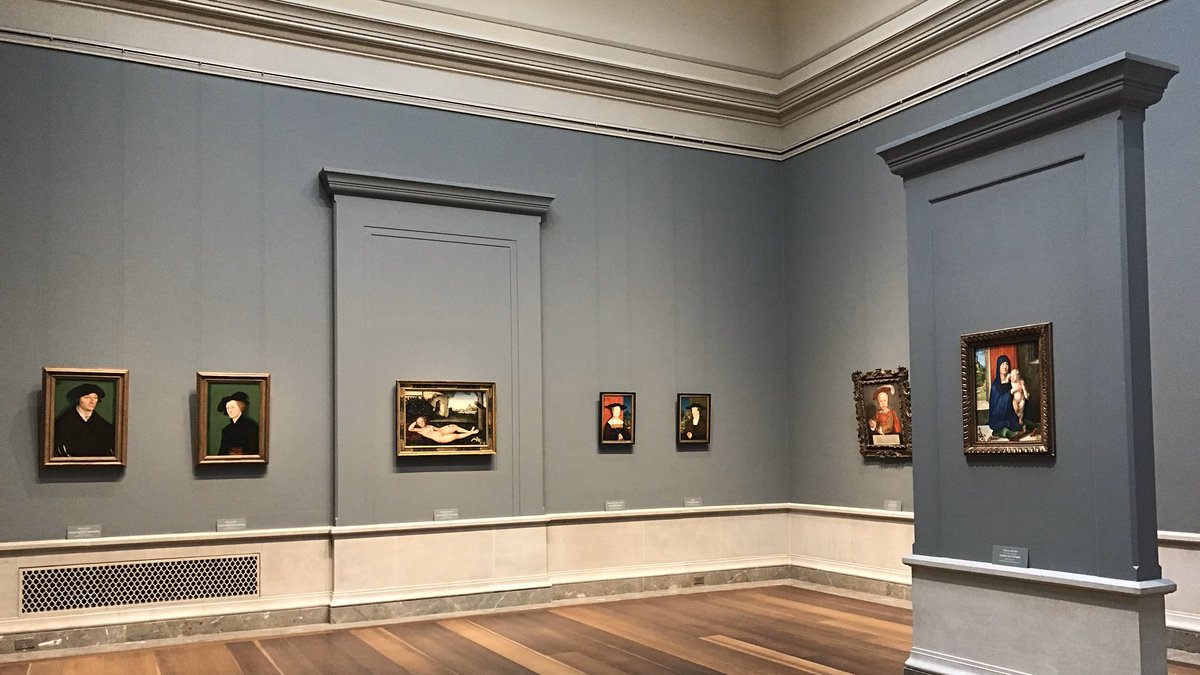
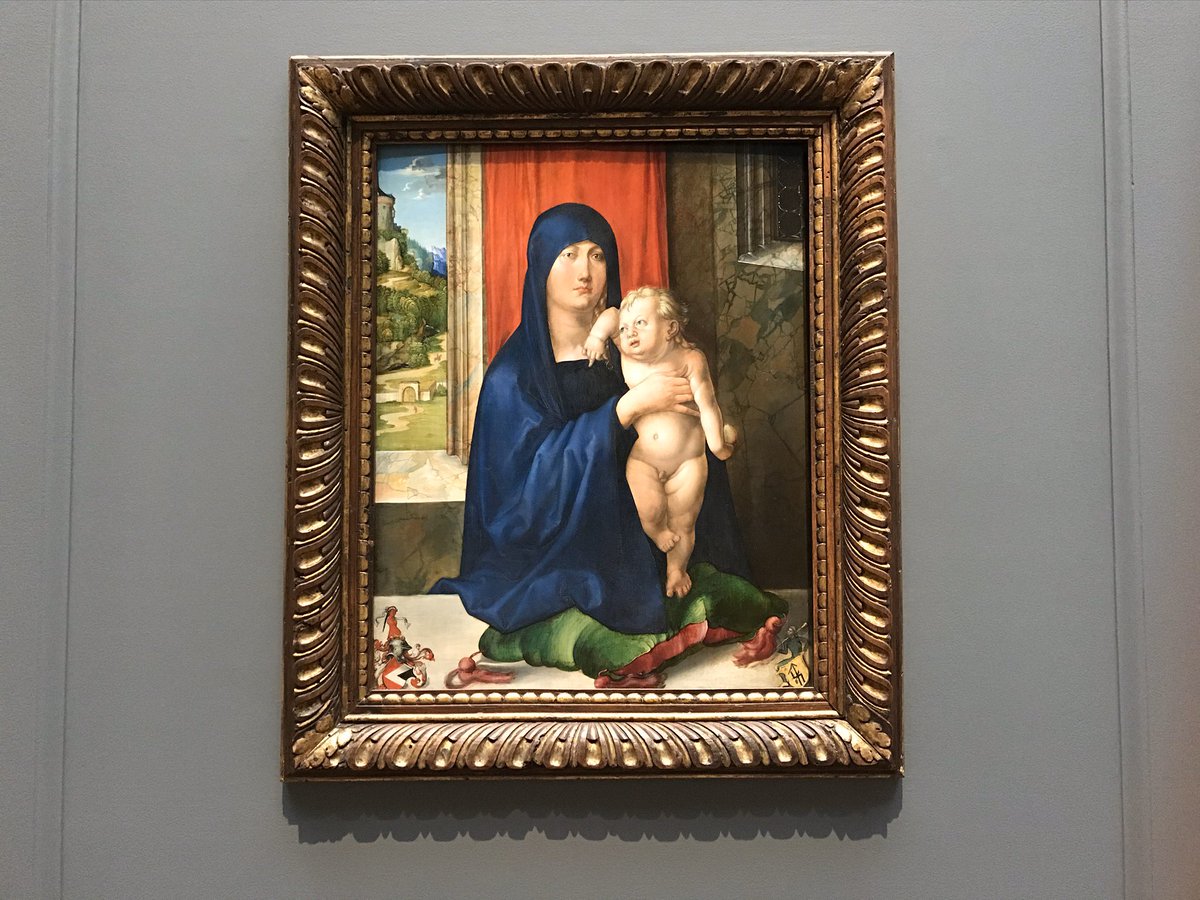
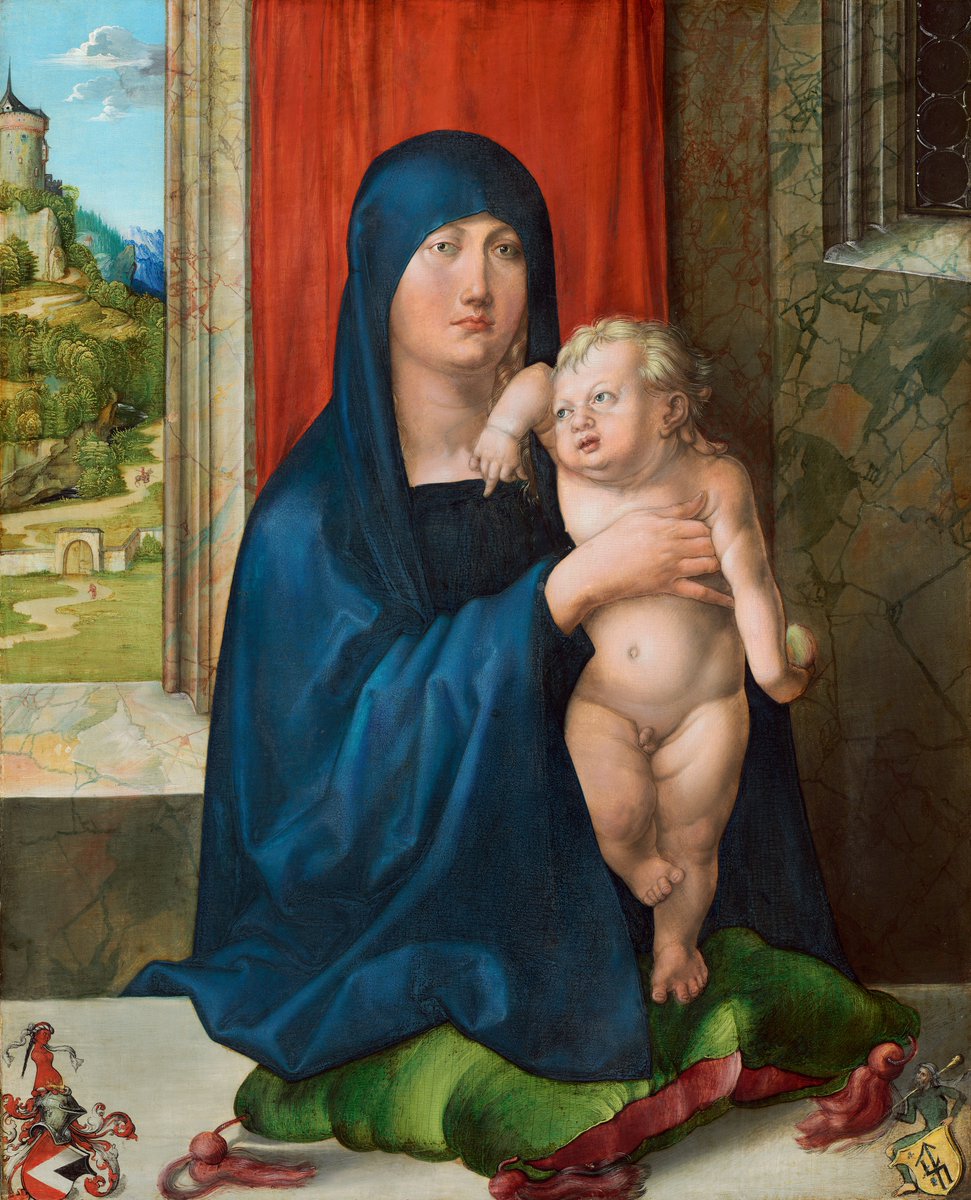
![In Venice, Dürer met Giovanni Bellini, whose influence is evident in “Madonna and Child” (c. 1496/1499) in the athletic Christ Child, the pyramid of the Virgin& #39;s form, and the sculptural modeling of the figures.[Bellini, “Madonna and Child in a Landscape, c. 1480/1485] In Venice, Dürer met Giovanni Bellini, whose influence is evident in “Madonna and Child” (c. 1496/1499) in the athletic Christ Child, the pyramid of the Virgin& #39;s form, and the sculptural modeling of the figures.[Bellini, “Madonna and Child in a Landscape, c. 1480/1485]](https://pbs.twimg.com/media/EUD4vecWAAMc_SW.jpg)
